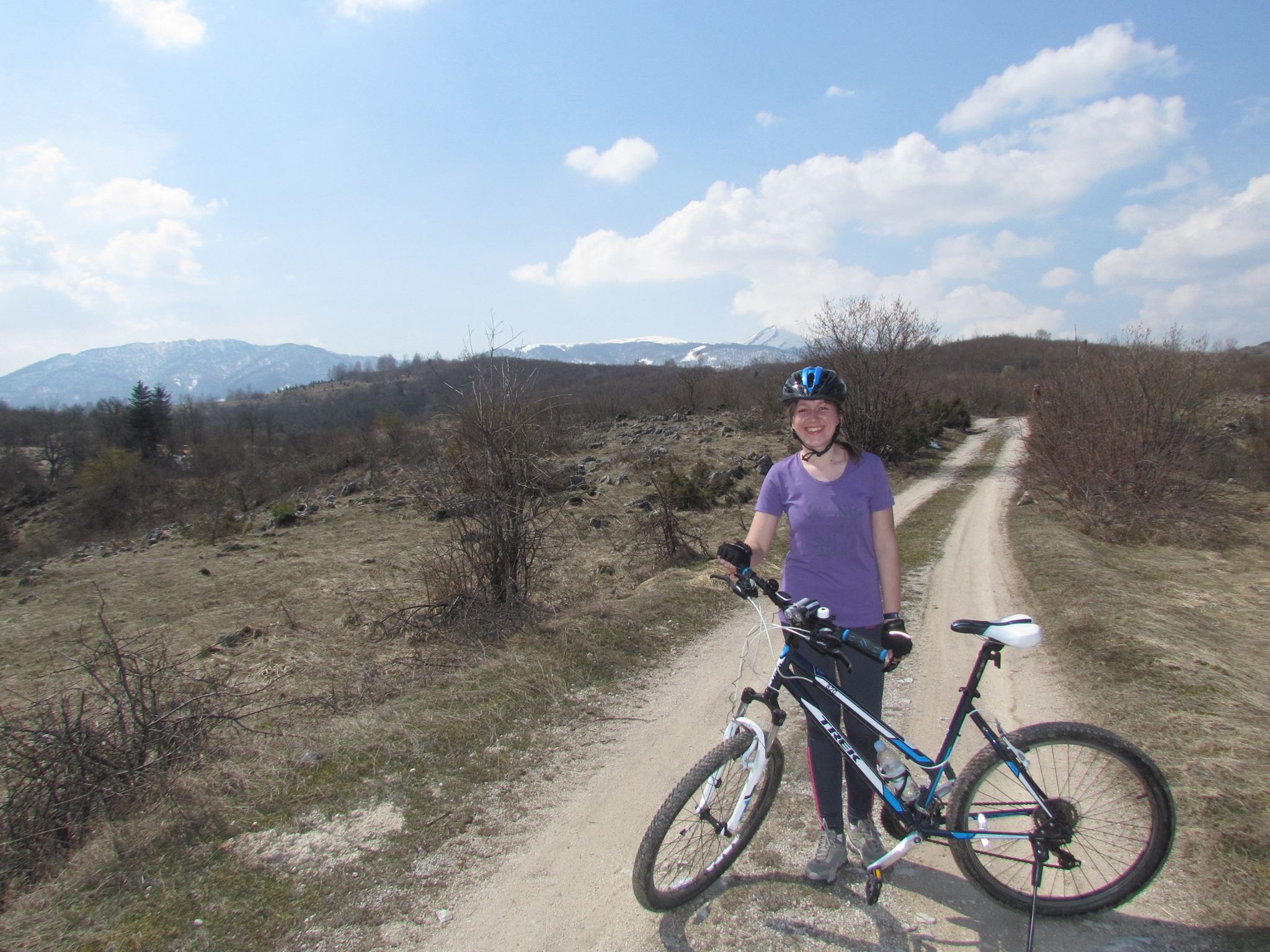Home
Thank you for visiting my personal website/blog, where I share my critical writings on a range of topics, with a primary focus on the following:
- Critical disability studies (through the lens of acclaimed disability studies theorists) and the depiction of disability in modern-day advertising and film industry.
- Environmental sustainability and the intersections of humanities and environmental studies.
- Gender and cultural studies.
- Film and digital media studies.
The writings on this blog challenge the way we experience the world in relation to our bodies, and how individuals, groups, even entire nations construct concepts of normalcy and disabled bodies. Some of the questions I address are: How do we create and perceive the body? Is it through what societies and our own or predominant cultures tell us? Can we define one’s values based on our perception of their body, or our understanding of what the normal body is supposed to look like? Does the self-image of our bodies define our interaction with the society? I am also largely focused on the ways we perceive the human body with respect to our physical surroundings; the impact of technology on human bodies and the environment, with respect to environmental sustainability, urban spaces and the ways urban spaces, which are generally compact, can be adapted to people with disabilities.
I am a great admirer (and a scholar) of the English poet William Blake and his astounding views on the workings of the human mind, body and soul. In his most elaborate poetic works, but also his paintings, Blake creates creatures, both human and machine-like, which can be viewed as Blake’s premonition of how altered our bodies will become. As a sceptical modernist (obligated to use technology both for my work and studies), I hold a belief that many of the industrial and technological advances have not made our lives better, but have only stifled our minds and drained our bodies and their capacities. It is very interesting to analyze how i-pods, i-pads, i-phones, and i-everythings are becoming the embodied subjects defining how we think and position our bodies locally and globally.

